- Benchmark Education
- Newmark Learning
- Reycraft Books
- Create an Account
6 Ways to Celebrate Curiosity with Nonfiction

by Annette Whipple
Children are naturally curious. Engaging nonfiction books are a practical and fun way to celebrate curiosity with children. Nonfiction and informational books are no longer like an encyclopedia entry. Today’s nonfiction engages children with beautiful words, insightful information, and engaging images. It should not surprise educators and librarians that studies show children love nonfiction.
“Nonfiction books can prompt readers to find inspiration in their own lives. They can write a poem, create a piece of art, research something meaningful to them. Nonfiction can create the spark for readers’ own ‘aha’ moments. I’ve seen this through my own career as a library teacher,” says Lisa Rogers, librarian and author of 16 Words: William Carlos Williams and “The Red Wheelbarrow.”
Let’s talk about six ways nonfiction books celebrate curiosity in the classroom—because nonfiction goes beyond research for elementary, middle, and high school students. (And remember, picture books are not just for younger students. Use picture books in your middle and high school classrooms, too.)
1. Connect with a Topic or Event in a New Way
Use nonfiction books to introduce new topics or review familiar ones and to provide a springboard for discussing upcoming events. These books often hook students—even uninterested students—with new topics.
“The key to understanding the past is asking questions—especially ‘why?’. You’ll find that people from the past were much like us. We’re all a part of history,” writes Beth Anderson, author of Tad Lincoln’s Restless Wriggle.
The book Before She Was Harriet, written by Lesa Cline-Ransome and illustrated by James E. Ransome, is appropriate for the second grader as an introduction to Harriet Tubman and her work on the Underground Railroad. However, the book is equally valuable in a high school classroom to teach students Harriet Tubman was so much more than “Moses.”
Hook students with clever tidbits of history from books like Sarah Albee’s Bugged: How Insects Changed History, Poison: Deadly Deeds, Perilous Professions, and Murderous Medicines, or Poop Happened! A History of the World from the Bottom Up.
Spring into action with Snowman – Cold = Puddle: Spring Equations, written by Laura Purdie Salas and illustrated by Micha Archer. Then challenge your students to come up with new equations!
Author Pat Miller says, “The past enters your life with true books—no time machine needed! Got curiosity? You need nonfiction!” She suggests preparing a scavenger hunt that students complete with only nonfiction books. Prepare clues like: Name the teen who invented the doughnut. Then add the title of her helpful nonfiction book: The Hole Story of the Doughnut.
2. Promote Positive Attitudes and Activism
Promoting positive attitudes while we help students love and accept one another is a never-ending challenge of teaching. Students also relate as they see how real people overcome difficult odds and persevere to do surprising—and sometimes mundane but important—things. It’s crucial for students to see that anyone is capable of great things.
Nancy Churnin shows readers this in her book Dear Mr. Dickens. When it comes to nonfiction she wants us to wonder, “How might the subject of this nonfiction biography take actions on challenges that face us today? How can you, using this person for inspiration, make our community more fair and kind?”
Rice from Heaven: The Secret Mission to Feed North Koreans, written by Tina Cho and illustrated by Keum Jin Song, is the true story of how a South Korean community delivered food to oppressed and hungry North Korean people. Your students may not need to get as creative as using balloons to feed the hungry in your community, but books like this can inspire new perspectives and creative decision-making.
One Plastic Bag: Isatou Ceesay and the Recycling Women of Gambia, written by Miranda Paul and Elizabeth Zunion, tells the inspiring story of how a pollution problem was solved and really made a difference.
Second grade teacher Christine Sawyer (@Sawyer4Chris) says, “We all know that hands-on activities take student learning to the next level and help them make a personal connection to academic content. However, using nonfiction text as well, especially inspirational stories of real people, shows our students that anyone is capable of great things. Our students know many stories traditionally shared in school, and we should continue to share those. Sharing stories of people they may not normally learn about gives them real-world examples of the power we all have to change the world. When you combine those nonfiction books with hands-on activities, you show students how to harness their own power.” Here you can see her students modeling the bracelets they made from plastic bags.
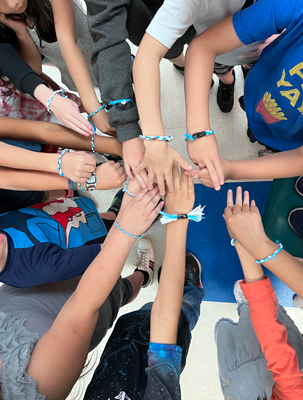
Though unusual to people in the United States, people all over the world eat insects as discussed in Let’s Eat Bugs by Judy Goldman and Bugs for Breakfast: How Eating Insects Could Help Save the Planet by Mary Boone. These books provide a great introduction to exploring insects as protein.
Keila V. Dawson, author of Opening the Road: Victor Hugo Green and His Green Book, says, “In my research I want to answer why but also how so readers can make connections to challenges that faced our characters specific to the historical times in which they lived.”
3. Understand and Honor Traditions and Cultures
Your students know their own family and community best, yet this world is so much bigger. We all benefit from understanding those who believe, live, think, and act differently than ourselves. Help your students understand other traditions and cultures through nonfiction books.
Karen M. Greenwald, author of A Vote for Susanna, The First Woman Mayor, says, “Nonfiction stories, particularly biographies, bring history to life by forging a bridge between the reader and the subject. They give life to historical figures and allow children to explore realities unlike their own.”
We Are Still Here: Native American Truths Everyone Should Know, written by Traci Sorell and illustrated by Frane Lessac, provides us the much-needed perspective that Native Americans are part of North America’s past and present. You can also explore the history, people, and stories while learning about modern tribal life in Sorell’s book One Land, Many Nations: Cherokee Nation.
Saving Granddaddy’s Stories: Ray Hicks, the Voice of Appalachia, written by Shannon Hitchcock and illustrated by Sophie Page, celebrates American folk culture and the importance of oral tradition.
4. Acknowledge Personal and Academic Interests
Curiosity abounds and students love to latch onto their passion topics. Students feel valued when classroom collections and libraries include books about subjects they already love or include a challenge they face.
Kerrie Hollihan, author of Mummies Exposed!, understands this. She says, “As I investigated my subjects—whether scientists, soldiers, queens, or war correspondents—I discovered they stayed true to themselves. As kids, they developed self-awareness. They began to realize what caught their attention, what lit a little fire of curiosity and excitement inside. That little spark inside often led them to their life’s work.”
Nonfiction provides a way for children to explore their passions—and create new interests.
A Revolutionary War buff will appreciate the detailed story and bold illustrations of Dolley Madison, the White House, and the Big Tornado, written by Alice Boynton and Wiley Blevins and illustrated by Massimiliano Di Lauro.
Fans of pioneer history and the Little House books can dive deep into the real pioneer people and places along with 75 book-inspired activities in The Laura Ingalls Wilder Companion: A Chapter-by-Chapter Guide by Annette Whipple.
Curious about crime solving? Your readers can get hands-on with Melissa Ross’s Forensics for Kids: The Science and History of Crime Solving.
5. Celebrate Curiosity in This World
Children can’t help but ask important questions. Even the whys can be answered with great nonfiction. Other nonfiction books empower children with knowledge and motivation.
Real scientists collected nature’s wonders as children. What’s in Your Pocket: Collecting Nature’s Treasures, written by Heather Montgomery and illustrated by Maribel Lechuga, explores the lives and scientists from the past and present while inspiring to explore and collect ideas and treasures.
Spot a tadpole in a pond? Then learn more with Ribbit! The Truth About Frogs, written by Annette Whipple, who explores these fascinating critters through engaging text, stunning photographs, and humorous art illustrations by Juanbjuan Oliver.
6. Provide a Reason to Read and a Mentor Text for Writing
Students need a strong reading and writing foundation. Those are often fueled by nonfiction and children’s curiosity and passion.
Librarian and author Becky Hall says, “As a school librarian, I found that nonfiction was the gateway to reading for many kids. Biographies can show kids that they can overcome obstacles, too, as in my book Morris and Buddy, the Story of the First Seeing Eye Dog.”
As students become experts on a topic (as a class or on topics they choose), have them study a book like Whooo Knew? The Truth About Owls as a mentor text. A first grade class used The Truth About series by Annette Whipple after watching chicks hatch in the classroom to write their own fact-filled book modeled after Whipple’s series. It used the same question-and-answer format with highly detailed answers and photo illustrations.
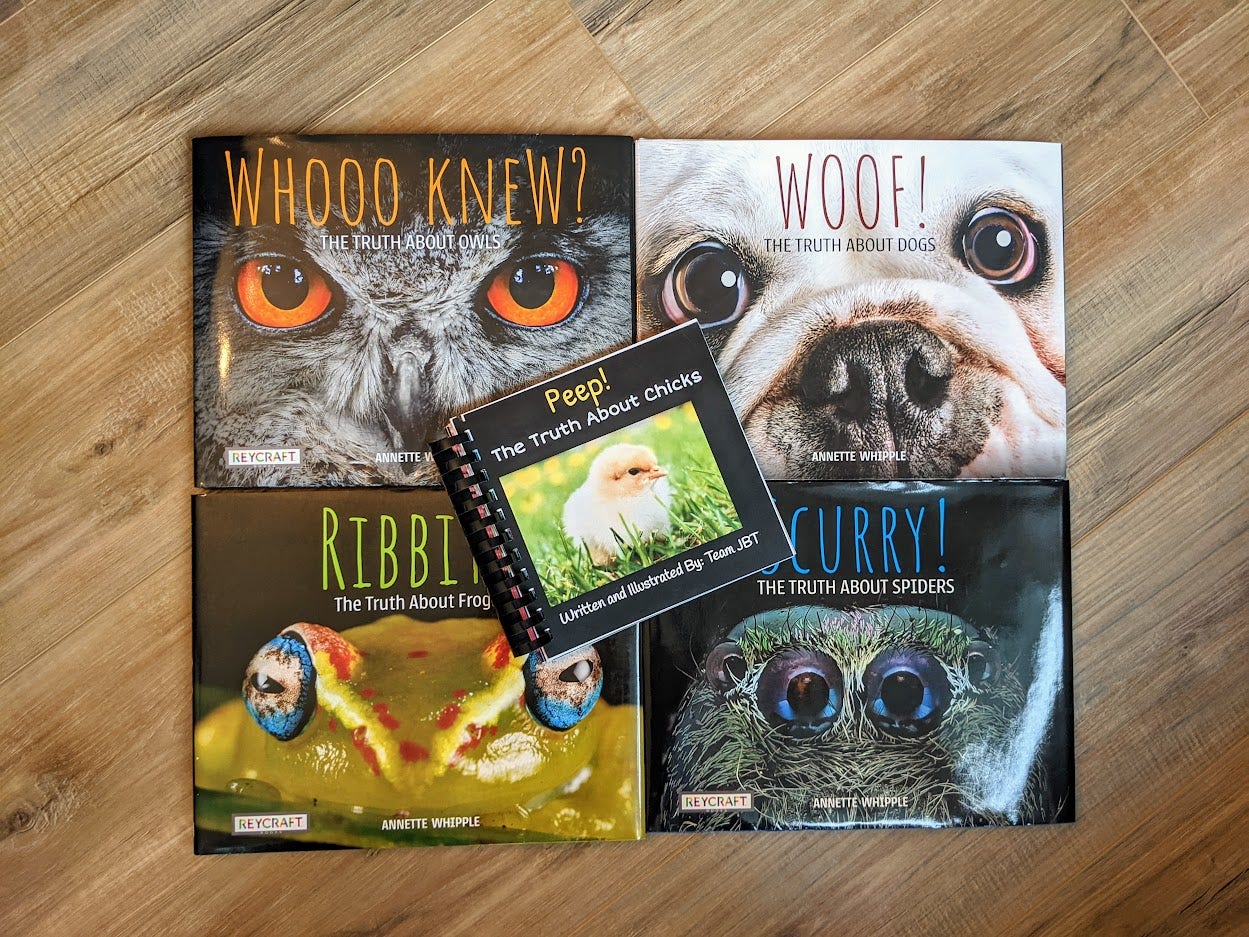
“As you research a nonfiction book, each piece of information leads you to another and another and another. Before you know it, you’re learning about an entirely different person or field. Now you want to follow that research. The search for more information, otherwise known as curiosity, never ends. That’s what’s great about writing nonfiction,” says Laurie Wallmark, author of Code Breaker, Spy Hunter. This is true for professional writers, and it’s true for students.
Nonfiction is ripe with opportunity to celebrate curiosity with children. Kids need—and love—nonfiction. We just need to give nonfiction to them with the same enthusiasm and displays we have for fiction books.
What's Next?
Join award-winning trade book author Annette Whipple and Patty McGee for a discussion on celebrating curiosity through nonfiction books and supporting educators in their literacy instruction. Watch Now →
About the Author
 |
Annette Whipple celebrates curiosity and inspires a sense of wonder while exciting readers about science and history. She’s the author of many fact-filled children’s books including The Laura Ingalls Wilder Companion: A Chapter-by-Chapter Guide (Chicago Review Press), The Story of the Wright Brothers (Rockridge Press), and Whooo Knew? The Truth About Owls (Reycraft Books) in The Truth About series. When Annette’s not reading or writing, you might find her baking for her family in Pennsylvania. Get to know her and explore her resources for teachers and writers at www.AnnetteWhipple.com. |
You May Like: The Truth About Series


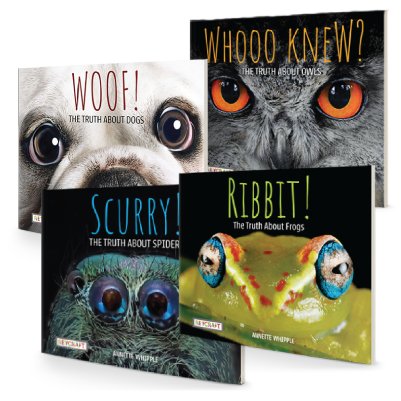
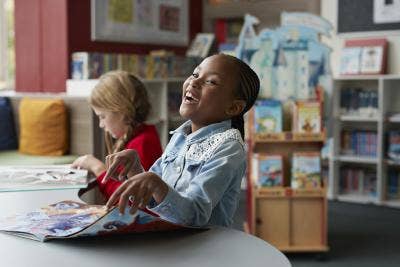
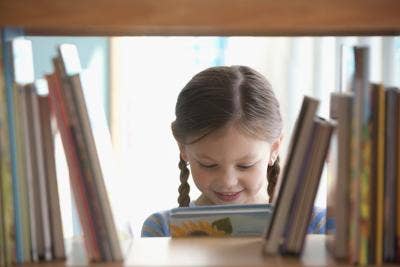
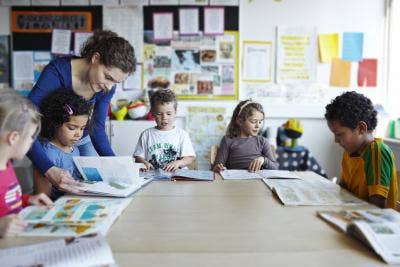

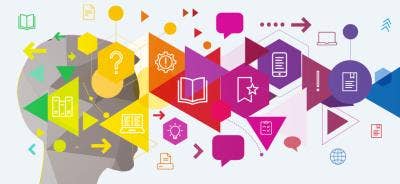










Comments